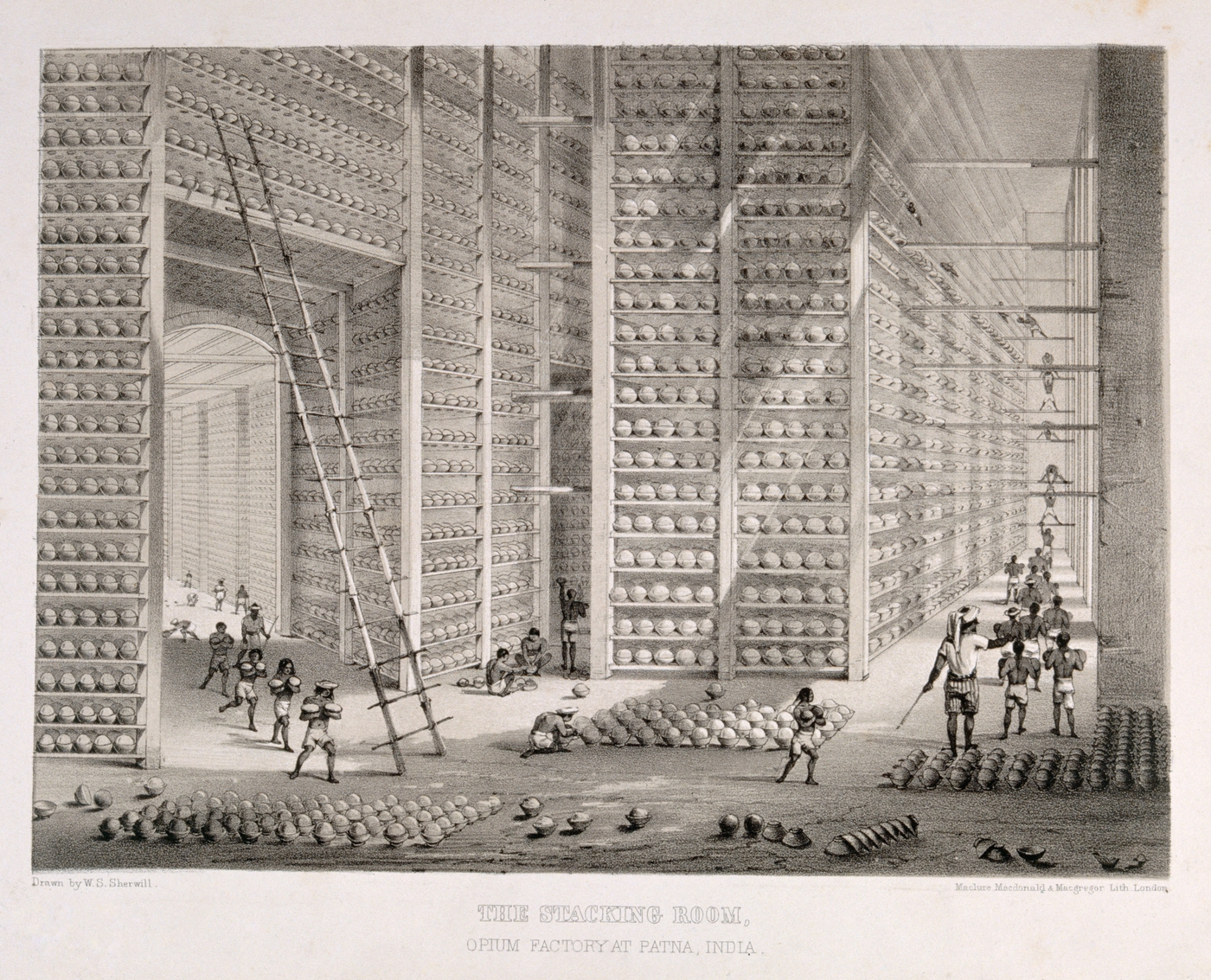Opioid amnesia

It’s big news that opioid addiction in the U.S. has reached epidemic proportions. More than 48,000 Americans died from opioid overdoses in 2017, leading the Department of Health and Human Services to declare the opioid crisis a public health emergency.
So where did this huge problem come from? One could argue it started in 1804 when German chemist Friedrich Sertürner isolated and extracted morphine from opium poppies. When morphine was first sold to the US, it was marketed as a treatment for pain and opium addiction. The irony became evident during the Civil War, when morphine addiction among the enlisted grew so widespread it became known as “soldier’s disease.”
Benjamin Breen, assistant professor of history, sees our current crisis as “a continuation of an older story” that began long before Sertürner discovered morphine. In his forthcoming book, The Age of Intoxication: Origins of the Global Drug Trade, Breen examines the origins of the global drug trade and its role in shaping modern society.
His research underscores the point that history repeats itself. “As a society, we have amnesia when it comes to these drugs,” he said. “We don’t remember the experiences of our great-grandparents’ generation. They had morphine and we have Oxycontin. The two drugs are slightly different but they’re both opioids.” And they cause the same problems.
—Annie Roth

